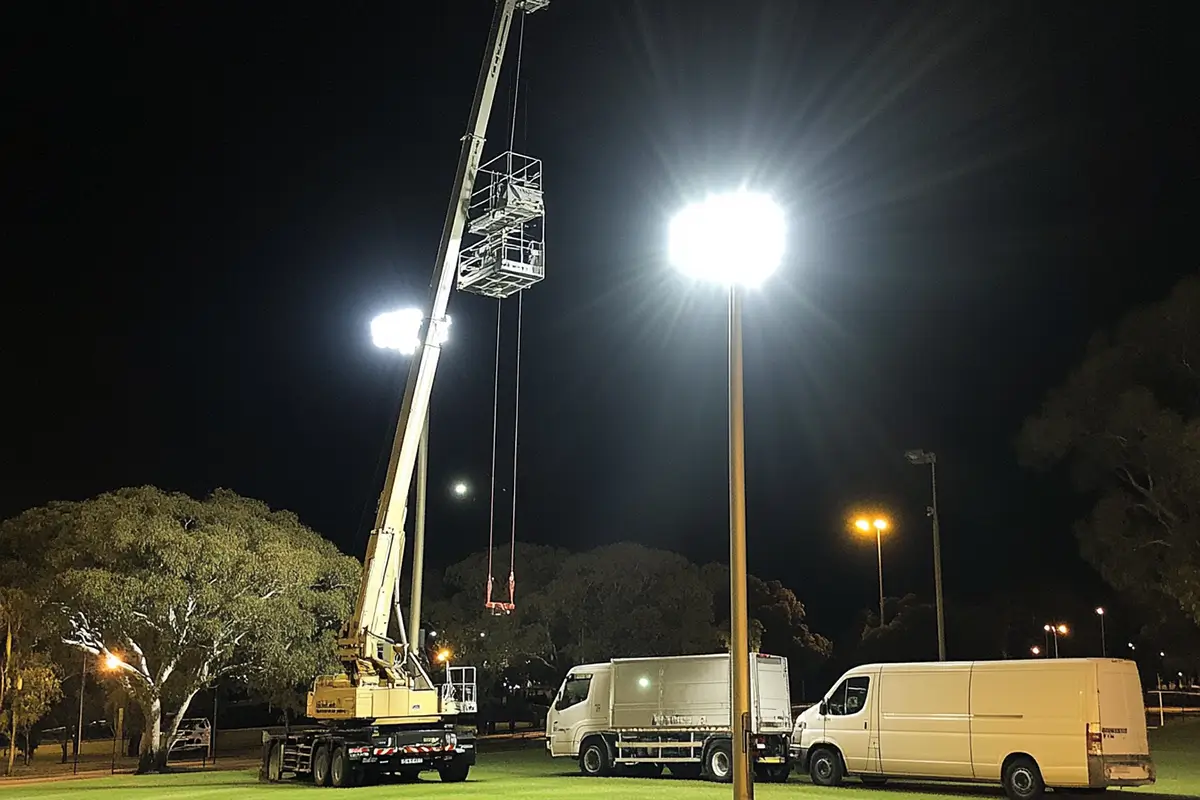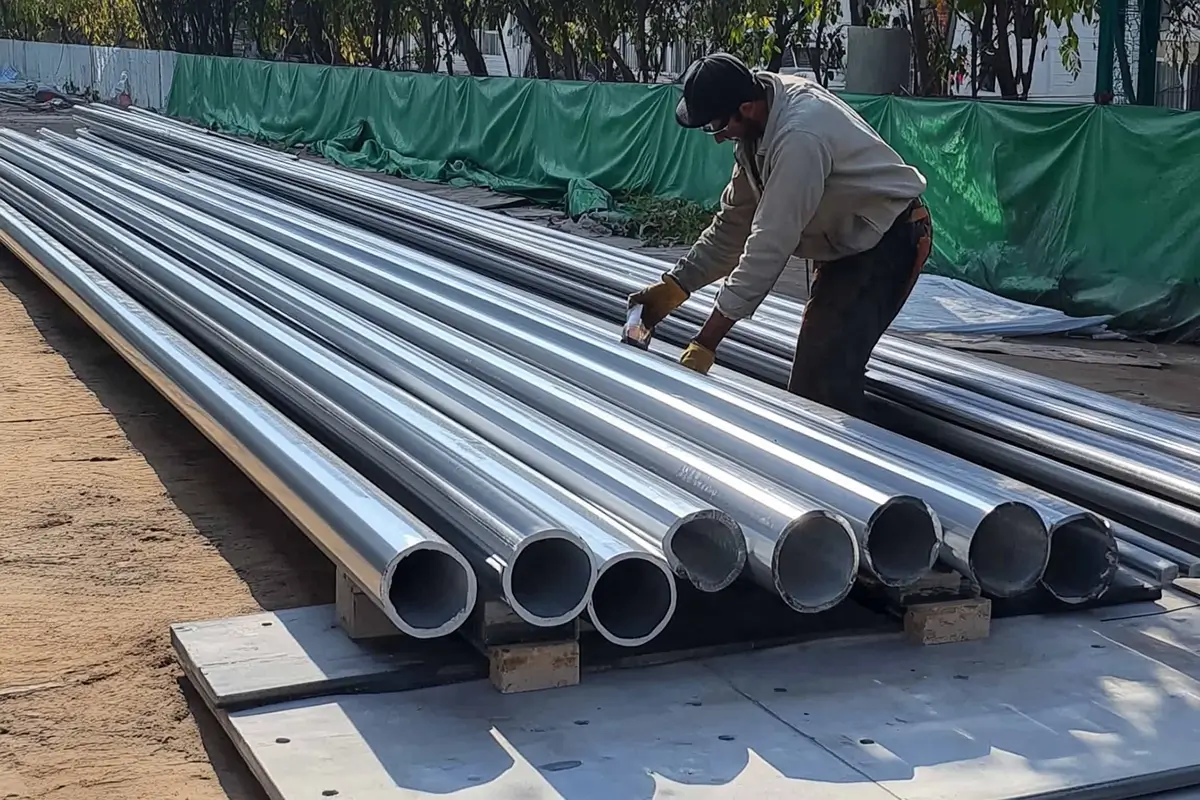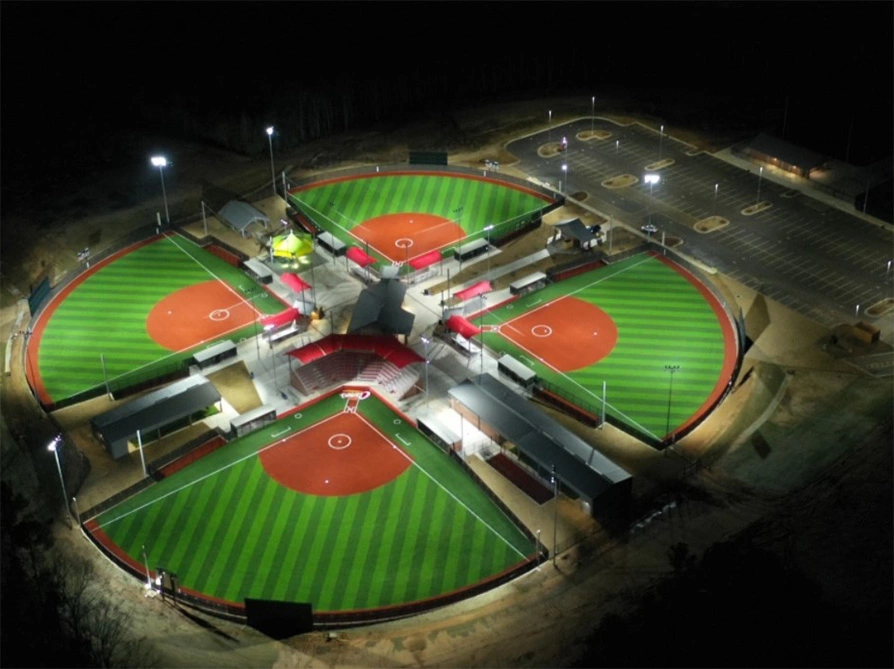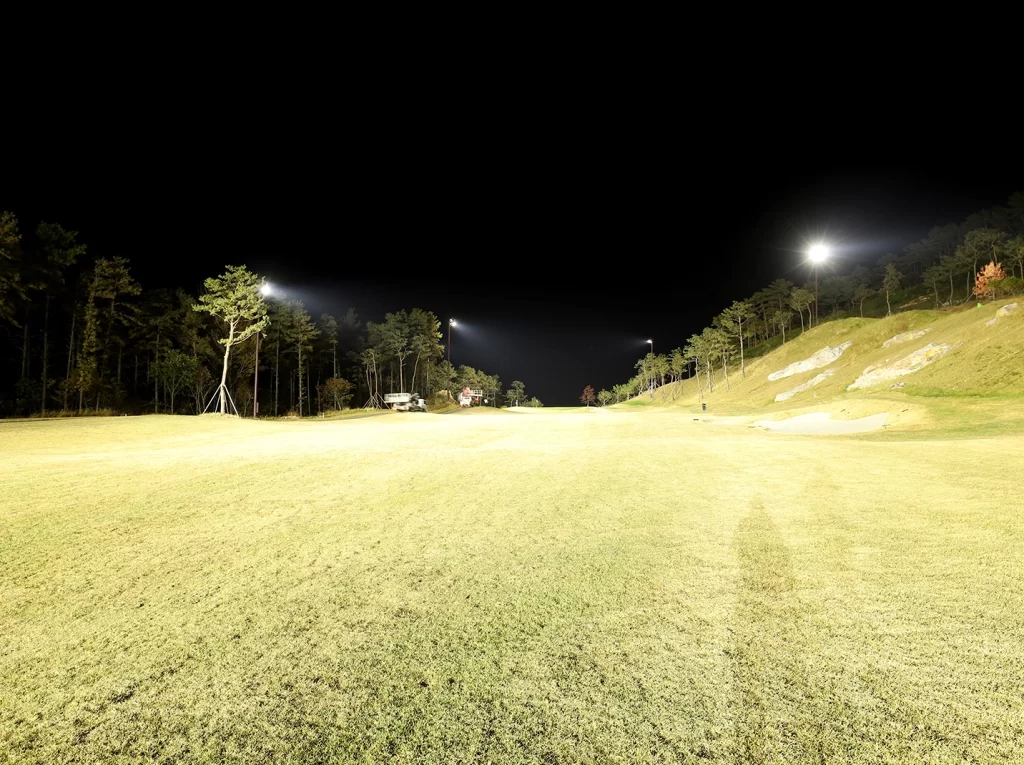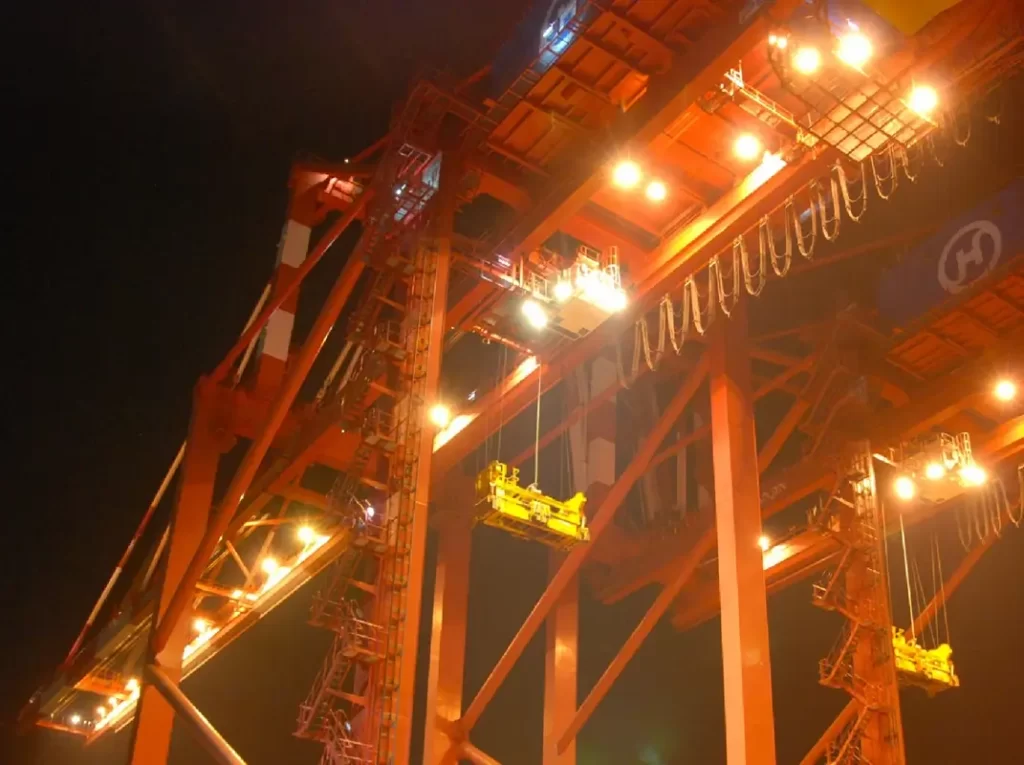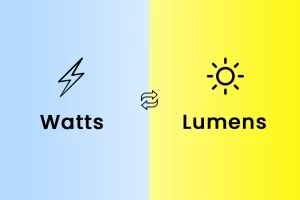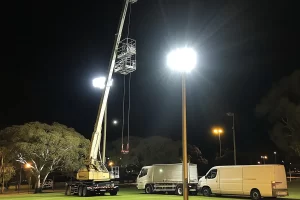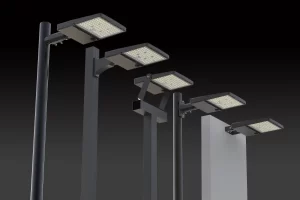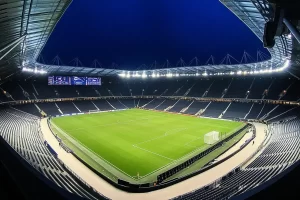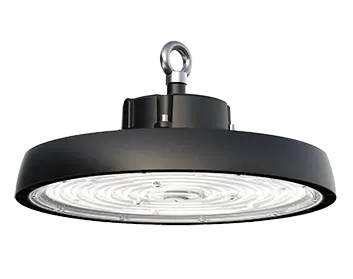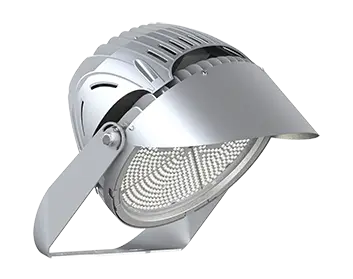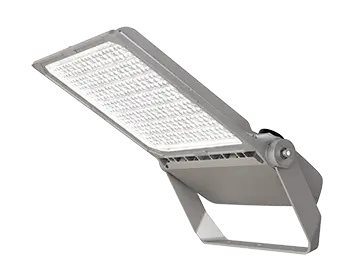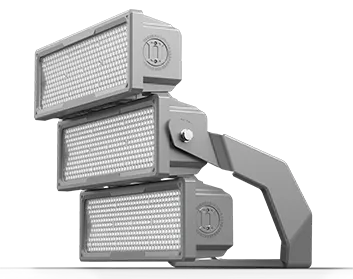Light poles play a crucial role in various lighting applications, from illuminating streets to enhancing visibility in stadiums and large outdoor areas. Choosing the right light pole involves understanding different factors such as types, lengths, colors, classes, materials, and specific applications for stadium lights, street lights, flood lights, high mast lights, and area lights. This guide will explore these aspects in detail to help you make an informed decision.
Types of Light Poles
Light poles are designed to accommodate different lighting needs. Some common types include:
1. Round Tapered Poles – Sleek design with high wind resistance, suitable for street and area lighting.
2. Square Straight Poles – Durable and aesthetic, commonly used for parking lots and pedestrian areas.
3. Round Straight Poles – Versatile and used in parks, roadways, and commercial applications.
4. High Mast Poles – Tall structures for large-scale lighting like stadiums and highways.
5. Decorative Poles – Ornamental designs for architectural and pedestrian lighting.
Lengths of Light Poles
Light pole lengths vary depending on application and lighting requirements:
- 8-12 feet – Pedestrian walkways, small parks.
- 15-30 feet – Street lighting, parking lots, and commercial areas.
- 40-100 feet – High mast lighting for stadiums, highways, and large industrial zones.
Colors of Light Poles
Light poles come in a variety of colors to match aesthetics and environmental requirements:
- Black – Modern and elegant, used in urban settings.
- Gray – Neutral and industrial, commonly used in highways and public spaces.
- Bronze – Classic and blends well with landscaping.
- White – Sleek and contemporary, often found in premium urban projects.
- Custom Colors – Can be tailored to meet specific architectural designs.
Classes of Light Poles
Light poles are classified based on wind load ratings and durability:
- Class I – Low wind resistance, used in mild climates.
- Class II – Medium wind resistance, suitable for standard urban and suburban applications.
- Class III – High wind resistance, ideal for coastal and high-wind areas.
- Class IV – Extreme conditions, used in hurricane-prone zones.
Materials of Light Poles
Different materials affect durability, maintenance, and cost:
1. Steel – Strong and cost-effective, but requires galvanization to prevent rust.
2. Aluminum – Lightweight, corrosion-resistant, and ideal for coastal areas.
3. Concrete – Extremely durable but heavy, used in highways and bridges.
4. Fiberglass – Corrosion-resistant and non-conductive, suitable for high-voltage areas.
5. Wood – Traditional aesthetic appeal but requires maintenance.
Applications of Light Poles
Light poles are used in various lighting solutions:
1. Stadium Lights
High mast poles (40-100 feet) are used to provide uniform illumination for sports arenas. They support powerful LED floodlights that ensure optimal visibility for players and spectators.
2. Street Lights
Street light poles (15-30 feet) ensure road safety and urban lighting. Round tapered and square straight poles are commonly used for highways and city streets.
3. Flood Lights
Floodlight poles (20-50 feet) are used for security lighting, building facades, and sports complexes. These poles often feature adjustable brackets for directional lighting.
4. High Mast Lights
High mast poles (50-100 feet) support multiple floodlights for highways, industrial areas, and ports. They provide wide-area illumination and reduce the number of poles required.
5. Area Lights
Area light poles (20-40 feet) are used for parking lots, commercial zones, and public spaces. They ensure safety and visibility for pedestrians and vehicles.
Pricing of Light Poles
The cost of light poles varies based on material, height, and additional features:
- Steel Poles – $200 to $3,000 depending on height and thickness.
- Aluminum Poles – $300 to $5,000, typically higher for corrosion-resistant designs.
- Concrete Poles – $500 to $7,000, depending on reinforcement and installation requirements.
- Fiberglass Poles – $400 to $4,000, often used in specialized applications.
- High Mast Poles – $5,000 to $20,000, depending on height and load capacity.
Installation costs should also be considered, which can range from $500 to $5,000 per pole depending on site conditions and foundation requirements.
Conclusion
Selecting the right light pole requires understanding its type, length, color, class, and material, as well as its intended application. Whether you need poles for stadium lights, street lights, flood lights, high mast lights, or area lights, choosing the right specification ensures durability, performance, and safety. Investing in high-quality light poles enhances both aesthetics and functionality, making it a crucial decision in any lighting project.


